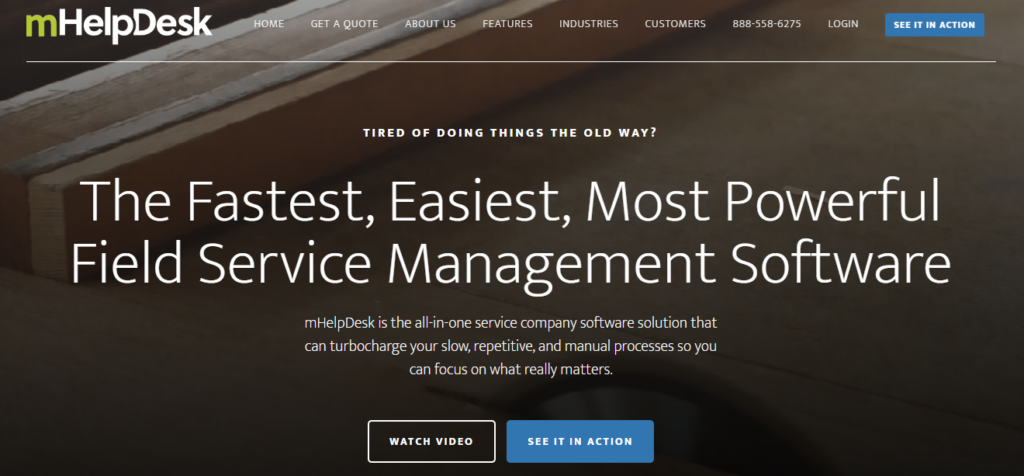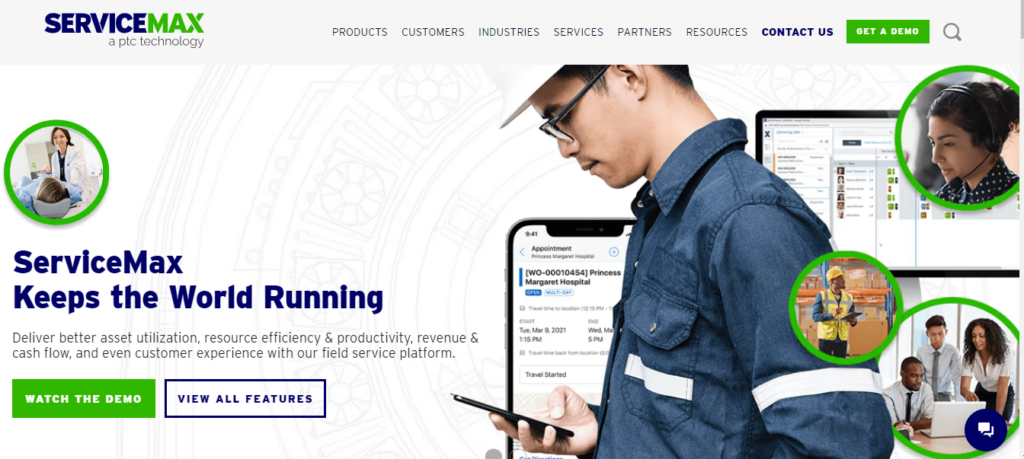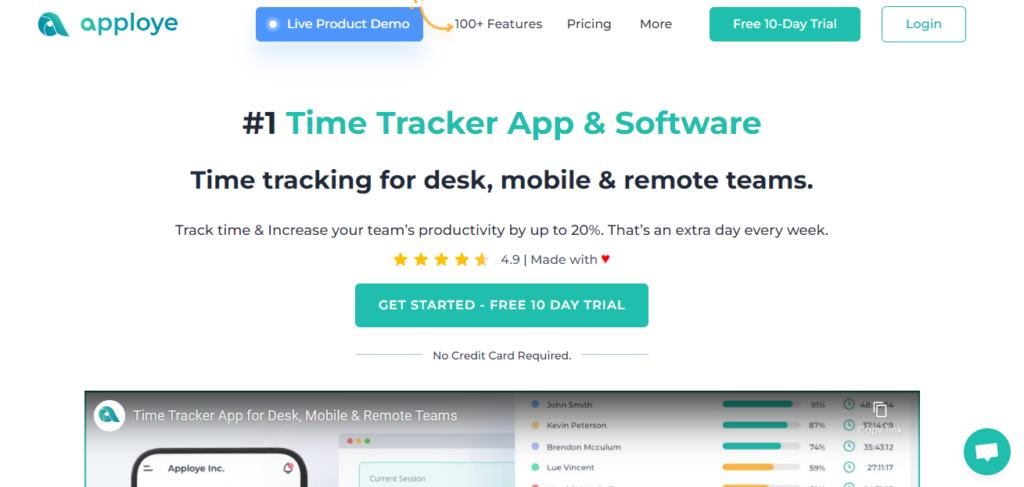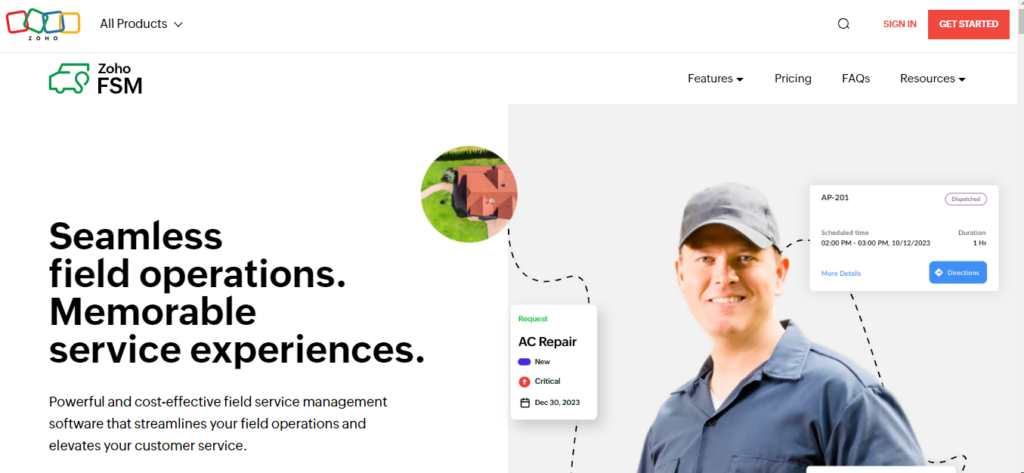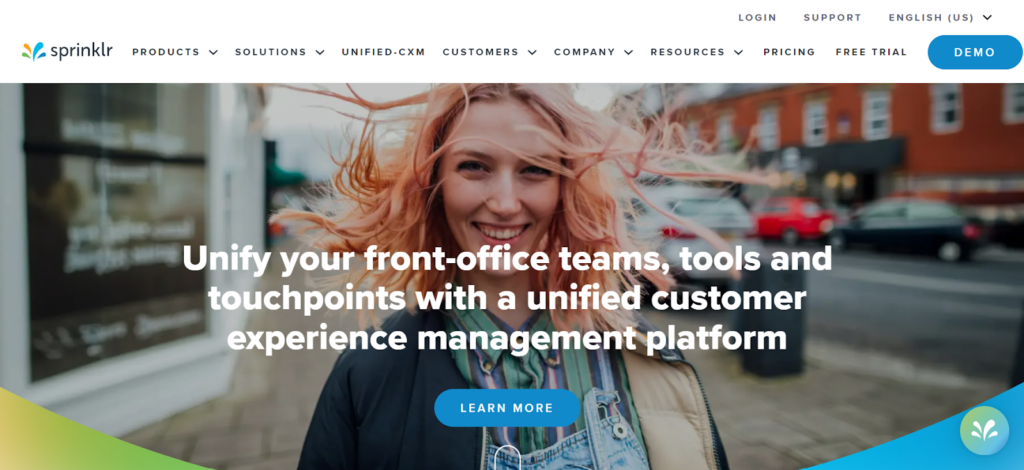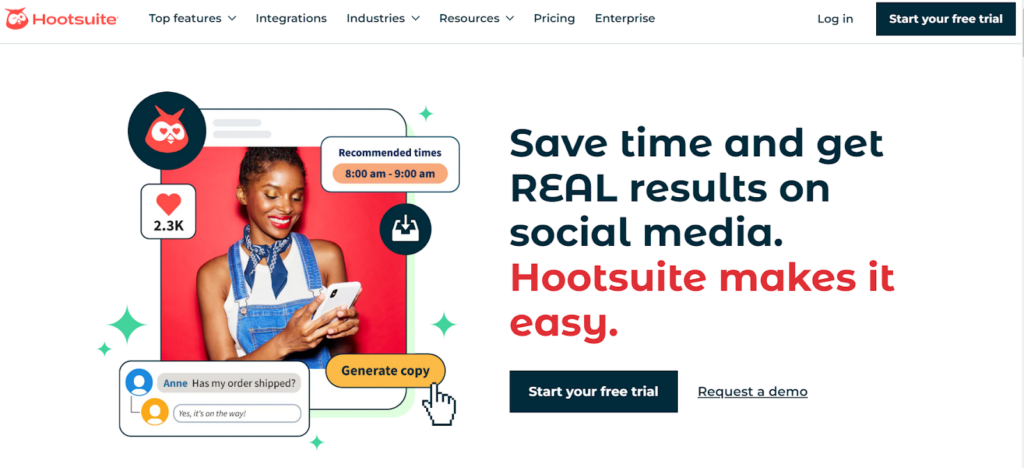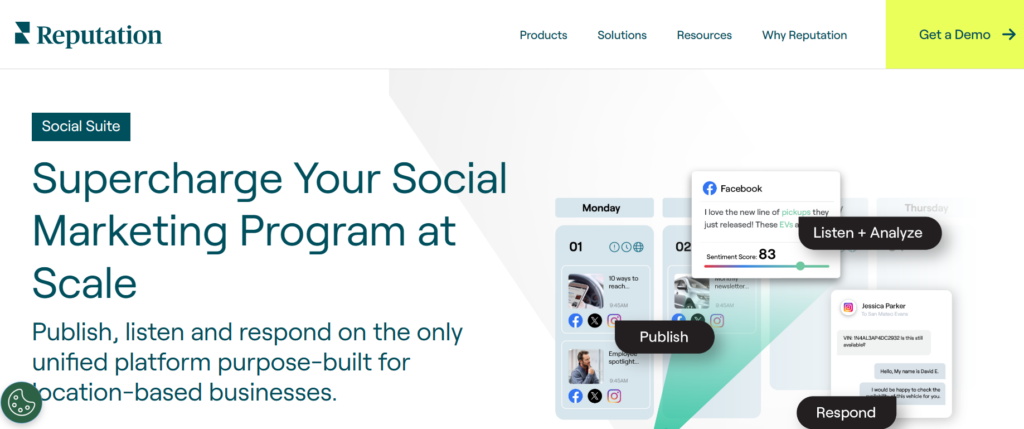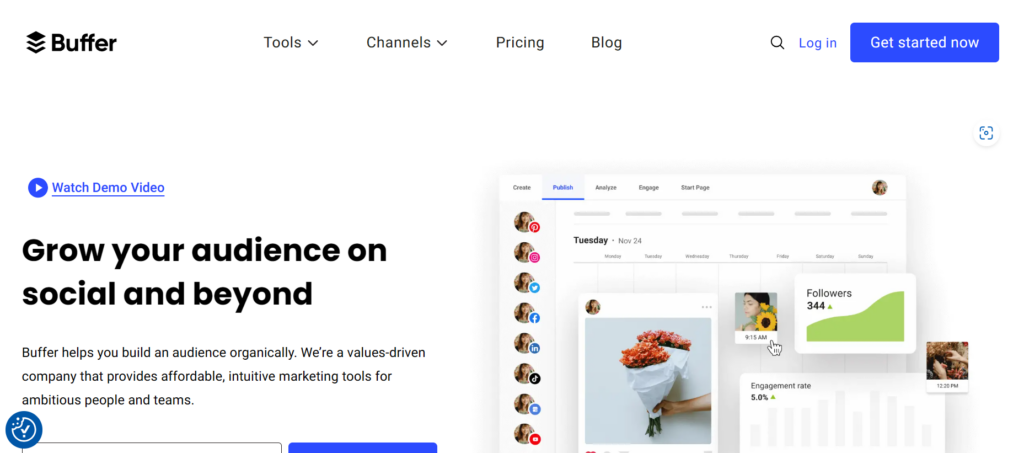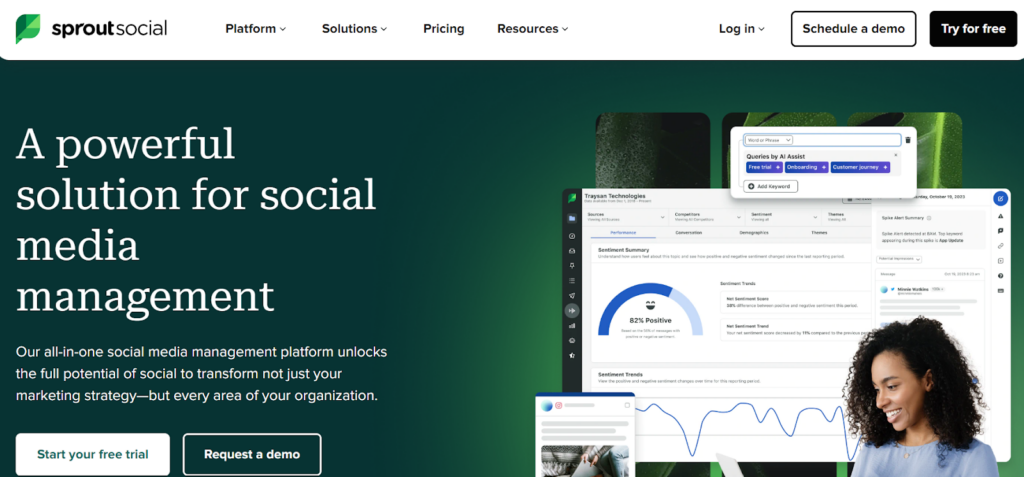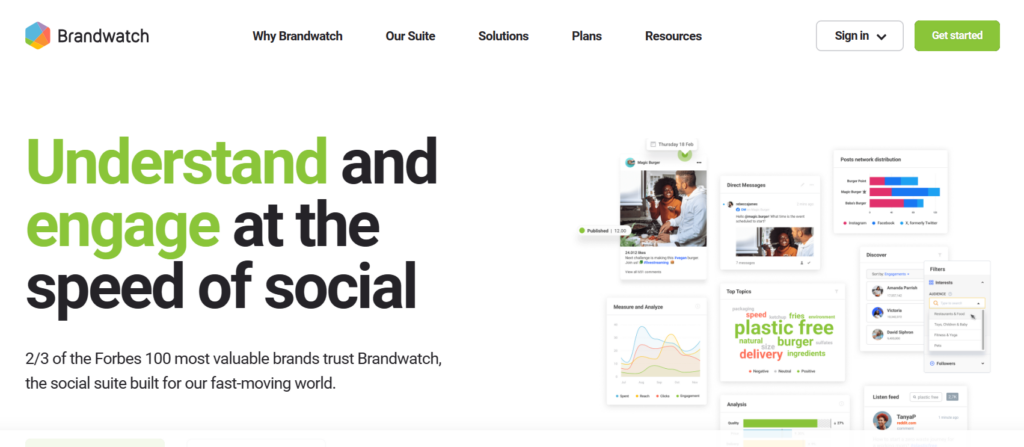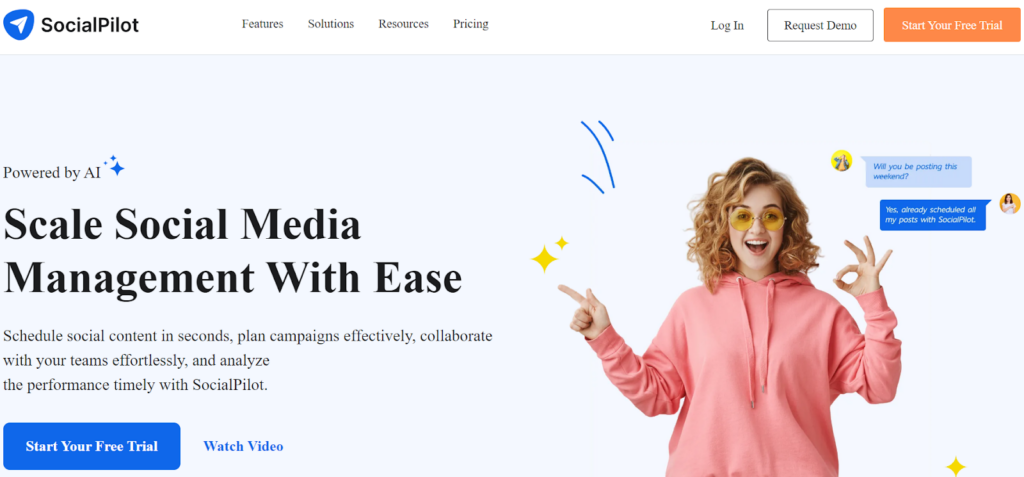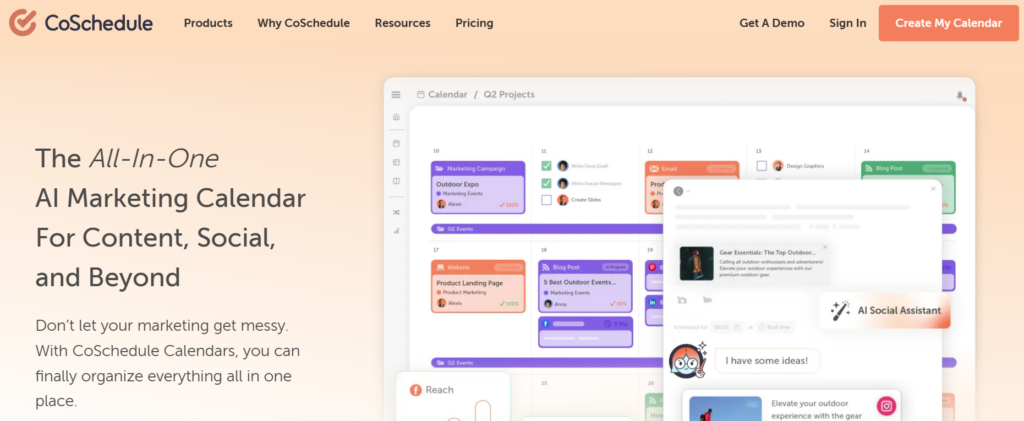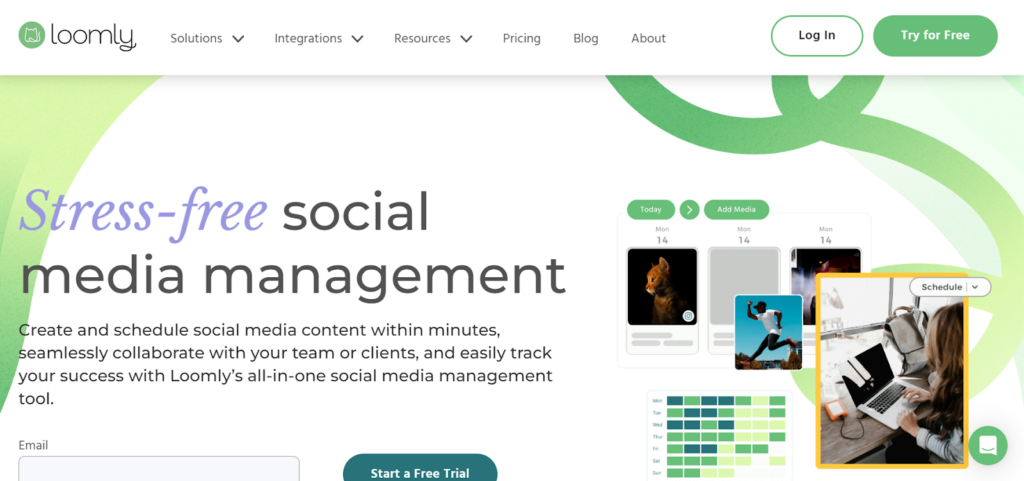Ever started a new hobby? You get that excited, maybe slightly frantic, feeling, right? You spend ages looking up all the gear, comparing every feature, and trying to find the perfect thing that also fits your budget. Choosing an LMS (Learning Management System) for your company can be like that. An LMS is basically the central spot for all your employee training. It makes sure your team has the knowledge and skills they need to be excellent at their jobs.
But with a ton of LMS options out there, like BranchTrack and Skillsoft, how do you find the one that will really launch your business forward? Don’t worry; this guide will be your trusty advisor, helping you navigate the key features and considerations of both platforms to find the perfect fit for your budget and training goals.
The LMS Selection Maze: Finding Your Way Out
- Option Overload: The LMS market is flooded with several platforms, all vying for your attention. Each has unique features and purposes, and determining the proper one may be as tricky as interpreting a highly complicated instruction manual. Imagine all the different learning management systems in front of you, each promising incredible benefits for your company. But which one has the features you need, fits your budget, and is easy to use for everyone? That’s the main challenge!
- Balancing Needs And Resources: Finding an LMS that hits all the right notes for your company can feel like a balancing act. You require something that addresses your individual training demands while still staying within your budget. While expensive, feature-packed platforms may appear appealing because they include several bells and whistles, they can also be costly.
- Future-proofing Your Choice: Do not get stuck in a dead-end! Consider the LMS’s scalability and adaptability. Can it grow alongside your organization and accommodate your evolving training requirements?
BranchTrack: Streamlining Training, One Click At A Time
BranchTrack appears as a user-friendly, cloud-based LMS designed to streamline the training process for organizations of all sizes. Consider a clean, straightforward design that even non-technical customers may use with ease.
BranchTrack enables you to develop engaging courses, automate tiresome tasks, and obtain valuable insights through extensive analytics, all from a single, easy-to-use platform.
Building Your Training Empire: BranchTrack LMS’s Strengths
- Effortless Course Creation: BranchTrack is a powerful content management system that allows you to upload current training materials or use the built-in authoring tools to create new courses from the start. Consider it your own digital course workshop, complete with all the tools needed to create exciting and instructive training content.
- Automation Army: BranchTrack’s robust automation capabilities eliminate repetitive activities. Automate procedures like enrollment, reminders, and credential issuing, freeing up critical time and resources for more strategic objectives.
- Data-Driven Decisions: BranchTrack’s extensive analytics package provides you with a wealth of data. Gain valuable insights into employee performance, discover knowledge gaps, and continually improve your training programs to ensure optimal efficacy. Consider it a window into your students’ brains, allowing you to personalize your teaching to their individual requirements.
BranchTrack: Addressing Potential Shortcomings
- Content Library Considerations: BranchTrack provides course development capabilities, but its pre-existing material collection may be less extensive than that of its rivals. However, this is an excellent chance to utilize your own experience and tailor training content to your company’s culture and special needs.
- Pricing Puzzle: Pricing structures for LMS platforms might differ depending on the feature set and user volume. Carefully evaluate BranchTrack’s pricing plans to ensure they align with your budget and your organization’s size.
Skillsoft: A Powerhouse of Content for Diverse Learning Needs
Skillsoft is a complete Learning Management System with an extensive and ever-expanding content base. Imagine a virtual library full of skillfully chosen courses on various topics catering to multiple skill sets and sectors. This is the core of Skillsoft: a one-stop shop for providing your team with the information they need to flourish.
Unveiling Skillsoft LMS’s Strengths: A Learning Powerhouse
- Content Kingdom: Skillsoft’s claim to fame lies in its extensive content library. Consider it a feast of learning options, with courses ranging from software applications and compliance training to leadership development and corporate communication. This comprehensive collection ensures that you may locate the ideal training materials to meet your individual training requirements, regardless of industry or area of specialization.
- Integration All-Stars: Skillsoft collaborates smoothly with a variety of learning platforms and resources, enabling you to build an utterly unified learning environment inside your business. This removes the need to switch between platforms and streamlines the learning experience for your staff.
- Compliance Champions: Does your company need compliance training for specific regulations? Skillsoft has you covered. They provide a complete range of compliance courses to keep your personnel up to speed on industry rules and best practices. This reduces risk but also promotes an ethical culture inside your firm.
Skillsoft: Weighing the Potential Drawbacks
- Price Point Ponderings: Skillsoft pricing is a bit tricky. The software’s huge content collection and feature set sometimes come at a higher cost than its competitors. While it provides variable price options, it is critical to thoroughly assess the cost-benefit analysis to ensure it is appropriate for your budget and organization’s size.
- Navigation Nuances: With such a vast library and array of features, Skillsoft’s interface might appear complex for some users. However, robust onboarding materials and user support can help bridge this gap and ensure a smooth learning experience for everyone.
BranchTrack Vs. Skillsoft: A Head-To-Head Showdown
Now that we’ve covered the merits and limitations of BranchTrack and Skillsoft, it’s time for the big event: a head-to-head comparison to help you choose your LMS champion. Here is a summary of some essential elements to consider:
| Features | BranchTrack | Skillsoft |
| Content Library | User-built or limited pre-built content | Extensive pre-built content library across various industries and skill sets |
| Ease of Use | User-friendly interface, ideal for non-technical users | Slightly more complex interface, may require some initial training |
| Pricing | Generally, more affordable, with plans catering to different sized organizations | Potentially higher price point, flexible plans available |
| Course Creation | Robust content management system and authoring tools | Limited course creation capabilities, focus on pre-built content |
| Automation | Powerful automation features for streamlining workflows | Fewer built-in automation features |
| Analytics | Comprehensive analytics suite for data-driven insights | Robust analytics capabilities for tracking learner performance |
| Integrations | Limited integrations with other learning platforms | Seamless integrations with various learning tools and platforms |
| Compliance Training | Limited focus on compliance training | Comprehensive library of compliance courses across various regulations |
Making the Winning Choice: It’s All About Your Needs
Remember that the “perfect” LMS does not exist. The ideal option for your company depends on your unique requirements and budget. Here are some leading questions that can help you make an educated decision.
- Budget Constraints: Are you working on a tight budget, or do you have more room for a feature-rich platform? BranchTrack may be suitable for budget-conscious enterprises, but Skillsoft may be great if you want comprehensive material and integrations.
- Training Focus: Do you need to create custom training content, or are you primarily looking for pre-built courses? If customization is vital, BranchTrack offers robust content creation tools. If you prefer a vast pre-existing library, Skillsoft reigns supreme.
- Target Audience: Consider your target audience’s technical expertise. BranchTrack’s user-friendly interface could be more appropriate if you have a non-technical staff. However, if your employees are comfortable with technology, Skillsoft’s broader feature set can be explored.
Conclusion: Finding Your Perfect LMS Partner
Adopting a suitable LMS system is an investment in the long-term success of your organization. By carefully assessing your budget, training requirements, and target audience, you can confidently traverse the world of BranchTrack vs. Skillsoft.
Remember, both platforms offer unique strengths and functionalities. Be bold and take advantage of free trial periods or demonstrations to get a hands-on experience with each platform before making your final selection. Finally, the ideal LMS partner will enable you to develop a highly competent and informed staff, driving your firm to success.






